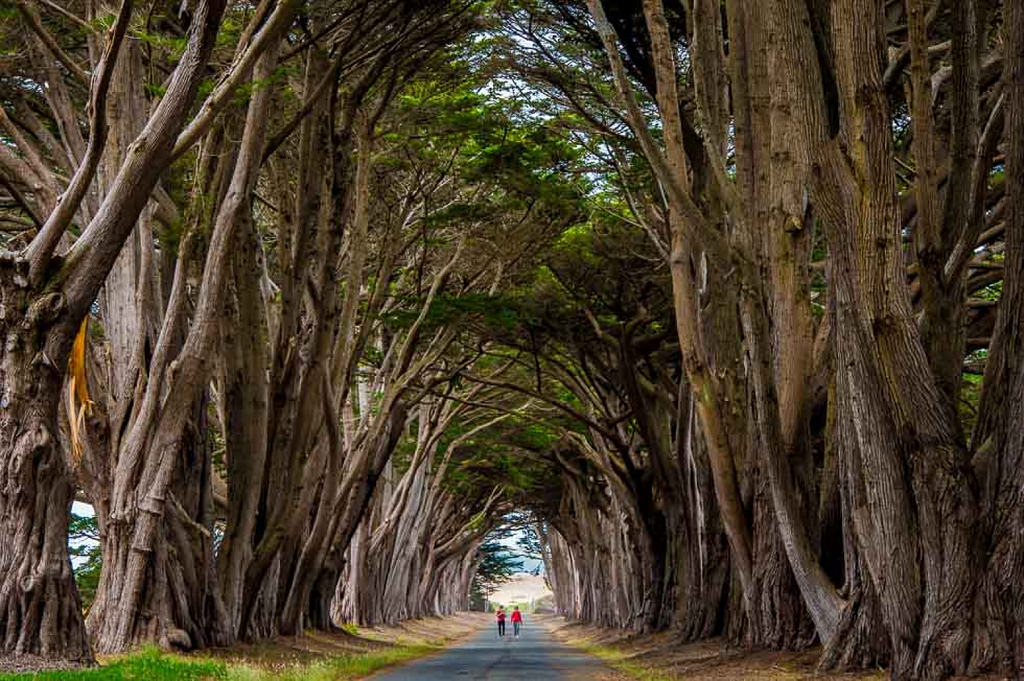Before we delve into sharing the reads we’re digging this week, our most popular post last week was Natalia Antonova’s in-depth analysis of the State of the Union. Don’t miss it!
And subscribe to the Global Comment podcast on iTunes or Soundcloud — don’t miss the next episode!
‘The Real-Life Mermaid Fighting to Save Florida’s Disappearing Springs‘ (Yessenia Funes for Earther)
This Native woman was drawn to performing as a mermaid because she loved water and swimming. But she’s watching the beautiful and special place she loves to perform in falling apart around her, thanks to ecological imbalance. So she set out to do something about it — but she’s not packing up her tail just yet.
Like most things, humans are ruining this extraordinary ecosystem. As homeowners and farmers turn to nutrient-rich fertilizers to green their lawns or feed their crops, nitrate levels spike in the aquifer and, thus, the spring. This leads to algae blooms that can block out sunlight, eat up all the water’s oxygen, and suffocate native aquatic plants, like eelgrass.
‘Who Gets A Happily Ever After In 2018?‘ (Jaime Green for Buzzfeed)
It’s February, so a lot of people have love on the brain. The romance novel, much maligned, is perhaps the epitome of commercialised romantic love. Or is it? This thoughtful piece takes a look at romance storytelling and some of the leaders in the field, and it may push you to expand your mind, and reading list.
The broadest shape of a romance plot is generically defined. In fact, there’s an actual definition from the Romance Writers of America: a novel with “a central love story and an emotionally satisfying and optimistic ending.” But focusing on a love story does not have to be an act of submission to the patriarchy — and just because you know roughly where a story will end, doesn’t mean there won’t be a journey getting there.
‘Hostile Environment‘ (Krista Langlois for Outside)
We think of the great outdoors as a wholesome, fun, refreshing, beautiful place, filled with people who are passionate about nature and going adventuring. But, as it turns out, it’s as filled with serial sexual predators as every other industry, and the people speaking out about it are just as likely to be punished for it. This is an intense, but definitely worthwhile, read on a serious issue.
In 2016, the issue gained a national spotlight when a story broke about workplace harassment in an unexpected place: the world of federally employed guides, scientists, and others working on the Colorado River in Grand Canyon National Park. More recently, scandals have erupted in some of America’s most powerful institutions, including entertainment, journalism, sports, politics, and government. Commercial river guiding doesn’t have the kind of visibility that Hollywood does, but the abuses that occur there—and the inadequate resources typically available to women when something bad happens—warrant closer scrutiny and tangible ideas for change. Fortunately, more women are ready to speak out.
‘How to Not Die in America ‘ (Molly Osberg for Splinter)
This fascinating feature starts as a sort of choose your own adventure: You’re extremely ill, dealing with a medical mystery, and you go to the hospital. What happens next is typically predicated by factors like class and insurance status, rather than actual need. Osberg was fortunate enough to be financially stable and well-insured, so a medical emergency stayed a medical emergency, rather than a horrific catastrophe that destroyed her life.
I am not one of the 28 million Americans who are completely uninsured, or one of the 45,000 people who die every year for lack of coverage. I am not one of the 3/4 of U.S. citizens who don’t have access to paid sick leave, and I don’t live in one of the 45 states without short-term disability plans. I’m not one of the 30 percent of insured consumers who are slapped with hefty surprise bills after a hospital visit. Which is why I did not become one of the millions of people who default on their medical debt every year, regularly making healthcare bills the leading cause of bankruptcy in this country.
‘The man’s man’s kitchen‘ (Ashley Fetters for Curbed)
How much do you know about the history of kitchen appliances? Marketing from when they were introduced often concentrates on labour saving benefits for model housewives trying to have it all. But the world of appliance design and marketing is changing, and this is an absolutely fascinating read on the masculinization of products many people think of as very, very feminine. It’s literally not your grandma’s crockpot anymore.
As men discover kitchens, kitchens have been quietly discovering men. Take a look at any roundup of the kitchenwares every man should own—the kitchen “tools” and “gadgets,” that is, or “essentials,” a favorite man-brand euphemism for “accessories.” For one thing, you’ll notice a lot of kitchenwares now have the stark, clean, neutral-masculine palette of brushed chrome and matte black as a default. (If there’s a dudely analog to “shrink it and pink it,” it’s something like “steel it, matte-black it, and make it heavier.”) Both appliances and the kitchens they fill have evolved around the men who now inhabit them—even if appliance brands often would prefer not to talk about it.
And hey: Much like public radio, we’re listener supported. If you enjoy our work, please consider supporting us with a one time or recurring donation.
Photo: Ajay Goel/Creative Commons

